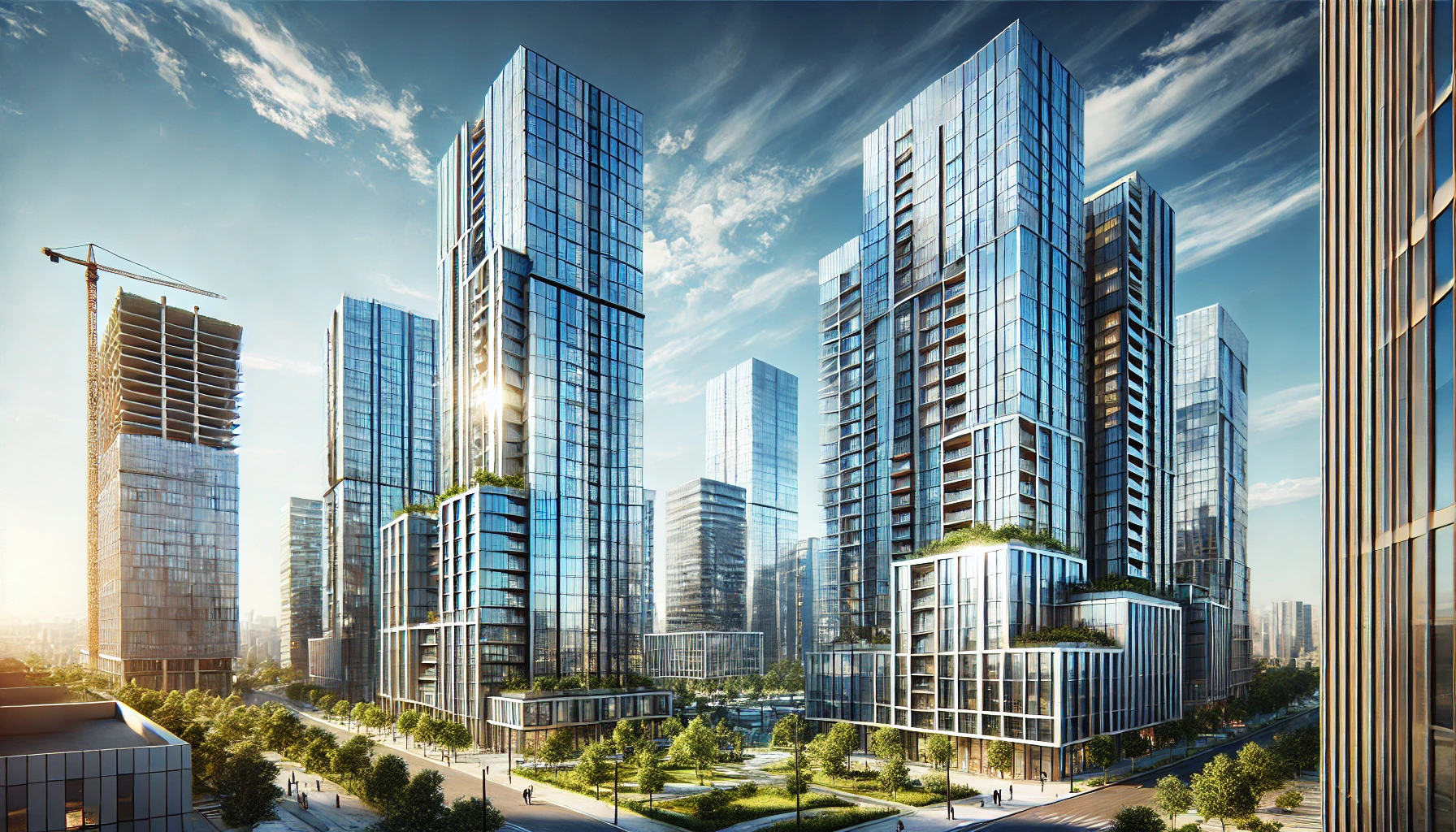Introduction
In the fast-paced world of real estate, visuals play a critical role in attracting potential buyers. Real estate building images, showcasing properties in their best light, have become a crucial part of marketing strategies for developers, agents, and property owners. Whether for residential or commercial buildings, these images offer a glimpse into the quality, design, and appeal of the property, often being the first impression a buyer gets.
This article delves into the importance of real estate building images, how to optimize them for better engagement, and tips to create stunning visuals that boost property sales.
Why Real Estate Building Images Matter
-
First Impressions Count: High-quality images of real estate buildings capture the attention of prospective buyers. Whether browsing online listings or brochures, images convey the property’s aesthetics and give potential buyers an immediate feel of the space.
-
Builds Trust and Credibility: Professional images provide an authentic view of the property, ensuring transparency. Buyers are more likely to trust listings that feature clear, well-composed images as opposed to listings with limited or low-quality visuals.
-
Visual Appeal Over Text: While descriptions provide necessary details, humans process visuals faster. A well-taken image can communicate architectural style, space, and location appeal more efficiently than text alone.
Types of Real Estate Building Images
-
Exterior Building Shots: Exterior images highlight the architectural design, surrounding environment, and curb appeal. These shots are essential for giving buyers an understanding of the building’s structure, neighborhood, and accessibility.
-
Interior Shots: These images focus on key areas inside the property, such as living rooms, kitchens, bedrooms, and bathrooms. Interior shots help buyers envision themselves living or working in the space and are essential in showcasing features and finishes.
-
Aerial and Drone Photography: Drone shots have become increasingly popular for capturing larger properties, giving potential buyers a view of the surrounding landscape, amenities, and neighborhood. These images can provide a unique perspective that ground-level photography cannot.
-
Lifestyle and Contextual Images: Rather than just showing empty rooms, these images can include staged furniture and décor to demonstrate how the space can be utilized. Contextual images bring the building to life by showing how the space can be experienced.
Tips for Creating Stunning Real Estate Building Images
-
Hire a Professional Photographer: While anyone can take photos with a smartphone, professional photographers use high-quality equipment and understand lighting, angles, and composition that can make a significant difference in the image quality.
-
Optimal Lighting: Natural light enhances the beauty of a property. When scheduling a photoshoot, opt for times of day when the building gets ample sunlight. Soft lighting can highlight textures, colors, and architectural details without harsh shadows.
-
Use Wide-Angle Lenses: Wide-angle lenses help capture more of the room or building, making spaces appear larger. This is especially useful in smaller rooms or tighter areas where space may feel confined.
-
Editing and Enhancement: Post-processing tools can help adjust lighting, sharpen details, and correct colors. However, avoid over-editing, which may create unrealistic expectations for buyers. The goal is to enhance, not mislead.
-
Drone Imagery for Larger Projects: For high-rise buildings, resorts, or large estates, drone photography offers a comprehensive view of the entire property. It’s also useful for showcasing nearby amenities like parks, highways, and commercial centers.
Optimizing Real Estate Building Images for SEO
-
Use Descriptive File Names: When uploading images to your website, ensure the file names are descriptive and relevant to the property. For example, “luxury-apartment-exterior-hyderabad.jpg” is better than “IMG_12345.jpg.”
-
Add Alt Text: Alt text not only helps with accessibility but also allows search engines to index your images. Include relevant keywords like "modern building," "luxury apartment exterior," or "commercial office space" in the alt text.
-
Compress Images for Faster Load Times: Large image files can slow down your website. Use image compression tools to reduce the file size without sacrificing quality, ensuring your pages load quickly for visitors.
-
Mobile-Responsive Images: Ensure that your images are optimized for both desktop and mobile users. With more people browsing properties on their smartphones, having responsive images that load and display correctly on any device is essential.
Conclusion
In the world of real estate, building images are more than just pictures; they are a vital component of marketing that can make or break a sale. High-quality, well-optimized images provide a visually appealing first impression, create credibility, and engage potential buyers. By investing in professional photography and optimizing images for SEO, real estate professionals can significantly enhance their property listings and ultimately drive higher conversion rates.
FAQs
-
What is the best time to take real estate building images? The best time for exterior shots is during the golden hours (early morning or late afternoon), while interior shots should be taken when natural light is at its peak.
-
How can drone photography benefit real estate listings? Drone photography offers unique aerial perspectives that showcase the property’s location, nearby amenities, and overall layout, especially for larger properties.
-
Should I stage a home before taking real estate images? Yes, staging a home helps buyers visualize the potential of the space, making it more appealing and likely to sell faster.
To buy RERA certified DTCP & HMDA approved Gated Community Villa Open Plots Please Contact :
For Sales : 8179712384
Mail : sales@openplots.net
